Introduction: When it comes to dealing with chronic pain, physical therapy offers hope. Trying to find relief from constant pain can be tough, often filled with frustration and limitations. But physical therapy is different. It uses customized exercises, hands-on techniques, and a whole-person approach to help you live a pain-free life. In this article, we’ll explore how physical therapy can not only ease your pain but also transform your life.

Understanding Chronic Pain: Before we dive into the benefits of physical therapy, let’s first understand chronic pain. It’s not just a physical sensation; it’s a constant and overwhelming presence that can greatly affect your quality of life. Chronic pain can last for weeks, months, or even years and can come from various medical conditions, injuries, or underlying health issues. Managing chronic pain isn’t just about masking it with drugs; it involves addressing its root causes and improving your overall well-being.
The Role of Physical Therapy:
- Personalized Treatment: Physical therapy stands out because it’s all about you. Unlike one-size-fits-all approaches, physical therapy starts with a thorough evaluation of your condition. This helps therapists create a treatment plan tailored to your specific needs, whether you’re dealing with back pain, arthritis, or post-surgery discomfort.
- Pain Relief: Physical therapy uses a variety of techniques and exercises to effectively reduce pain. These may include targeted stretches, strength-building exercises, and hands-on therapy. By addressing the reasons behind your pain, physical therapists aim to provide long-lasting relief, reducing your reliance on pain medications with potential side effects.
- Improved Mobility: Chronic pain often limits your ability to move, making daily activities difficult. Physical therapy aims to boost your mobility by increasing flexibility, strength, and range of motion. Through a structured regimen of exercises and hands-on techniques, you’ll gradually regain the ability to move more comfortably.
- Injury Prevention: One of the great things about physical therapy is its focus on preventing future injuries. Therapists educate patients on proper body mechanics and techniques to avoid strain and injury. This proactive approach not only helps with pain management but also promotes long-term well-being.
- Holistic Healing: Physical therapy takes a comprehensive approach to managing chronic pain, addressing not just the physical symptoms but also the emotional and psychological aspects of pain. Therapists often incorporate relaxation and stress management techniques into their treatment plans, recognizing the mind-body connection and promoting holistic healing.
Physical Therapy vs. Medications and Surgery: Physical therapy offers a unique and valuable alternative to medications and surgery for managing chronic pain. Unlike drugs, which can come with side effects and provide only temporary relief, physical therapy gets to the root of the problem and aims to improve your overall health. It empowers you to actively participate in your recovery by teaching you exercises and techniques to reduce pain and improve mobility. Additionally, compared to surgery, physical therapy is non-invasive and carries fewer risks. It’s often a more cost-effective and less disruptive option, helping you regain your quality of life without lengthy recovery periods.
Conditions Treated with Physical Therapy: Physical therapy can be beneficial for a wide range of chronic pain conditions. Here are some examples:
- Back Pain: Whether it’s spinal manipulation, core strengthening, or posture correction, physical therapy can provide significant relief for chronic back pain.
- Arthritis: Physical therapists can design exercise routines to strengthen muscles around affected joints, improving mobility and reducing pain.
- Post-Surgery Rehabilitation: After surgery, physical therapy plays a crucial role in recovery, guiding you through exercises to promote healing and reduce post-operative pain.
- Neck Pain: Physical therapy includes exercises and manual techniques specifically targeting neck pain, often caused by poor posture or muscle strain.
- Fibromyalgia: Physical therapy can improve sleep patterns, reduce fatigue, and enhance physical function in individuals with fibromyalgia.
Conclusion: In the journey to manage chronic pain, physical therapy is a beacon of hope. It offers personalized treatment, pain relief, improved mobility, injury prevention, and holistic healing. Whether you’re dealing with back pain, arthritis, or any other chronic pain condition, physical therapy’s tailored approach can lead you to a pain-free and fulfilling life. Remember, your path to recovery starts with that first step, which could be scheduling your first physical therapy session.
Visit Kinetic Rehab & Spine to learn how we can help get you on the road to recovery. https://kineticrehabspine.com/contact-us/

